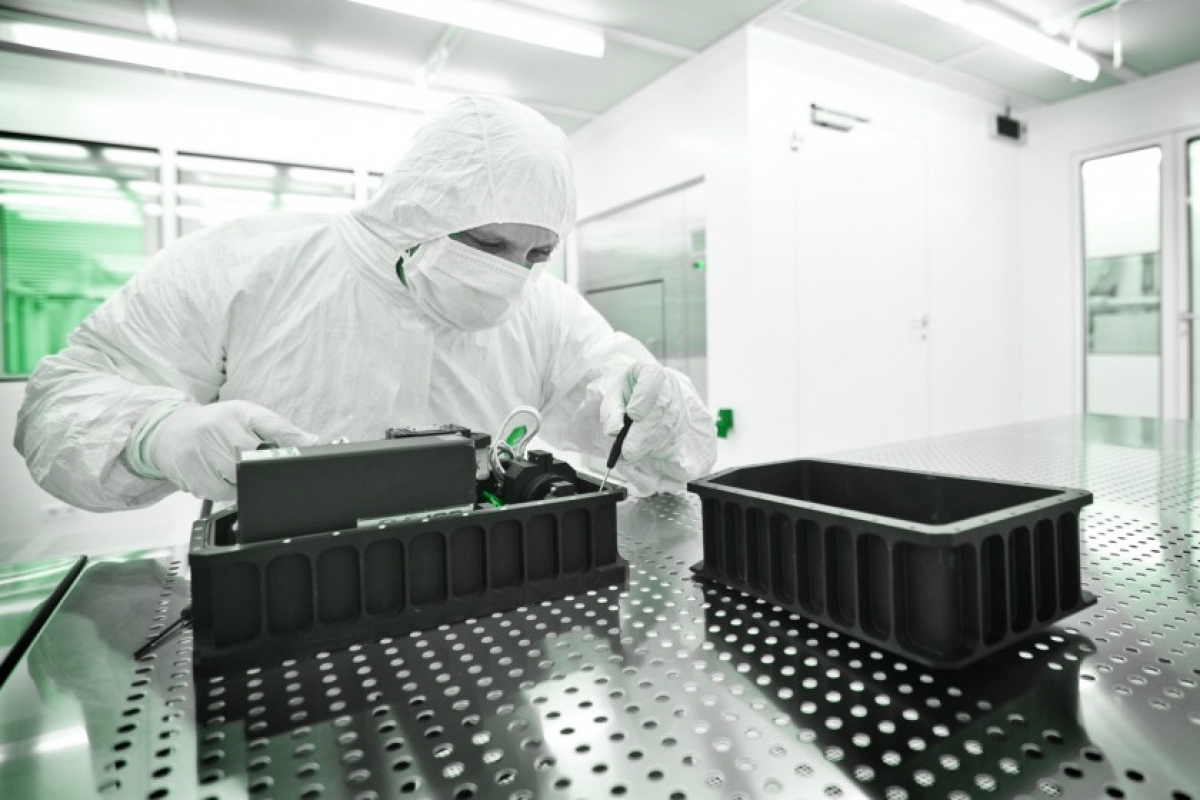
Points to consider for design
There is not a single “right” way to construct an aseptic processing facility or cleanroom, as each should be designed to accommodate the processes and products contained in the cleanroom. There are, however, general principles of design that should be followed in constructing a cleanroom or aseptic processing facility.
Many points to consider can be found in ISO 14644-4, the FDA aseptic processing guideline, and in EU Annex 1. I highly recommend these references.
The following points should be considered:
- Floors, walls, and ceilings should be constructed of materials that are smooth, hard, and easy to clean. Transitions between floors and walls should be designed with a smooth transition (coved) to allow for easy cleaning.
- Temperature and humidity controls in cleanrooms and supporting areas should be sufficient to maintain operator comfort when gowned and maintain adequate humidity for the process. Consider humidity and temperature loads from operating equipment such as autoclaves, CIP/SIP, etc., when designing temperature and humidity controls.
- Cleanrooms should be designed to facilitate personnel, equipment, and material flows to prevent microbial contamination of sterilized or sanitized equipment and facilities, sterilized components, and sterile filtered drug product. Personnel should enter the cleanroom through gowning facilities. Equipment and materials should either enter through sterilization or dehydrogenation equipment or through airlocks using a validated sanitization procedure. Multiproduct facilities should be designed to eliminate or minimize instances where product streams cross.
- Pay careful attention to locations of return ducts in Grade A/B rooms, as they can affect the unidirectional airflow over critical processing zones.
- Investing in a computational flow dynamics (CFD) analysis of the cleanroom design may be worthwhile, as this can reveal unforeseen problems in the design. CFD analysis will require accurate representation of the equipment as installed, accurate locations of HEPA filters and returns, and accurate estimates of supply volumes of the HEPA filters.
- The cleanroom should be positive by at least 10-15 Pascal to all surrounding zones of lower classification. This is accomplished by a cascade-type design, in which the cleanroom is surrounded by areas of lower classification, which are then surrounded by areas of even lower classification, eventually leading to an external unclassified area.
- When setting up pressure monitoring in an existing building monitoring system (BMS) or when installing a new BMS, consider where the reference area for differential pressures is located. It is important that a stable reference point is used to ensure good control of differential pressures. Referencing one clean zone to another clean zone can be problematic, as it can cause fluctuations in one clean zone to cascade to other clean zones.
Resources & Articles
CLIN ® "Resources" page is for individuals/companies seeking information on cleanrooms and controlled environments. Find Cleanroom News, Discussion Forums, Cleanroom Cleaning Recommendations, Cleanroom Terminology, Cleanroom Directory, and more.
Content Disclaimer
Information are contributed by/from different websites and all credit goes to its respective owners/writers/websites/companies and etc, and while we endeavour to keep the information up to date and correct, we make no representations or warranties of any kind, express or implied, about the completeness, accuracy, reliability, suitability or availability with respect to the website or the information, products, services, or related graphics contained on the website for any purpose. Any reliance you place on such information is therefore strictly at your own risk.
In no event will we be liable for any loss or damage including without limitation, indirect or consequential loss or damage, or any loss or damage whatsoever arising from loss of data or profits arising out of, or in connection with, the use of this website.
Through this website you are able to link to other websites which are not under the control of respective owners/writers/websites/companies and etc. We have no control over the nature, content and availability of those sites. The inclusion of any links does not necessarily imply a recommendation or endorse the views expressed within them.
Every effort is made to keep the website up and running smoothly. However, CLIN ® takes no responsibility for, and will not be liable for, the website being temporarily unavailable due to technical issues beyond our control.











